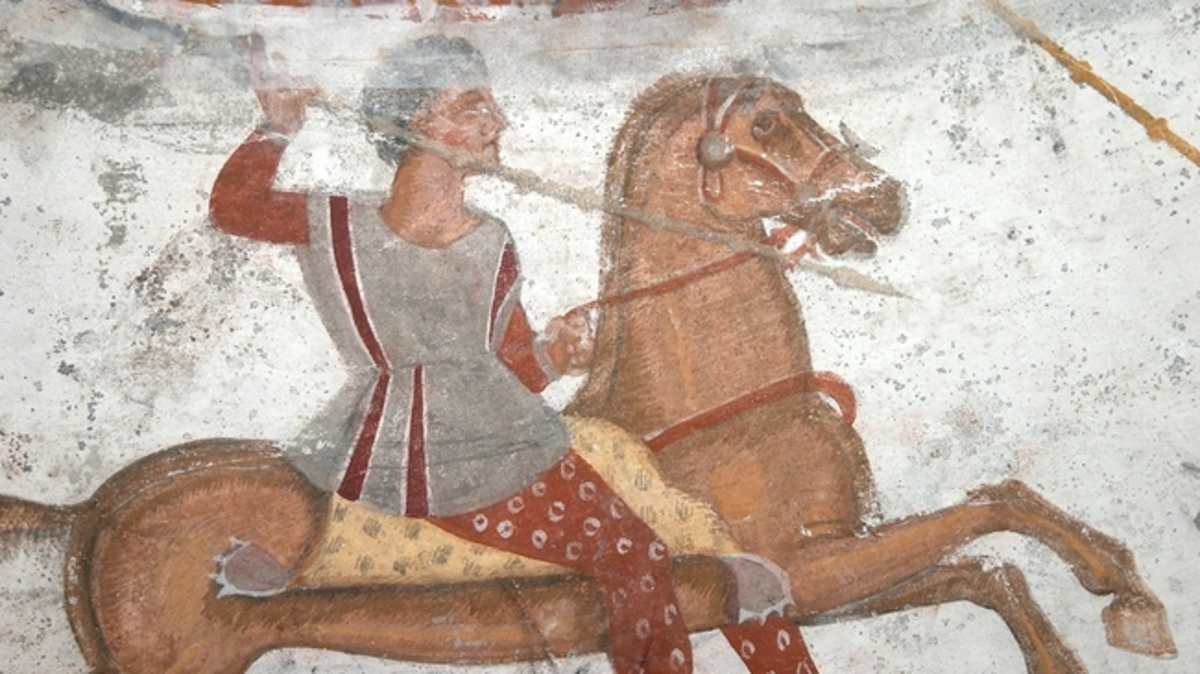Archaeologists Stunned to Discover 2800-Yr-Old Turkish Temple That Was Being Used to Prepare Medicines

A lot of present-day practices have roots in ancient communities. Researchers recently found evidence of a structure in the northwestern province of Tekirdağ, Turkey, that facilitated an important process in the past, stated Arkeonews. The discovery happened during the excavations in the Thracian Ancient City Heraion Teikhos.

The space spotted by archaeologists appears to have been used for pharmaceutical production. The area is placed on the banks of the Marmara Sea. In 2021, researchers unearthed a temple, which was later identified to be a 2,800-year-old structure. Recently, experts have spotted a link between a water system in the area and a space within the temple. The team speculates that with the aid of this water system, medicines were made in the space. Researchers labeled it as an "ancient pharmaceutical production area."
For researchers, the current excavations in Heraion Teikhos are valuable, as this is the first time they have had the opportunity to explore a Thracian city in this manner. "Heraion Teikhos is a Thracian City, the first Thracian settlement in our country where excavations are still being carried out, and the only excavation site that yields Thracian finds," shared Professor Dr. Neşe Atik. The Thracians were spread across Southeast Europe from 2000 to 1500 B.C. In history, they have garnered an illustrious reputation with their rich culture.

At present, the excavations are focused on finding the dimensions of the pharmaceutical production area and how water was transported to the location. The exploration conducted in 2023 not only directed researchers to the far-off water system supporting the structure but also showcased how the pharmaceutical establishment was much more expansive in the region. "Water systems in hilltop settlements were usually built with large water cisterns in ancient times. The 2023 excavations at the Heraion Teikhos settlement yielded findings indicating that water was transported not from cisterns but from an area a few kilometers to the east of the excavation site, which is still wooded today. In addition to this, a new pharmaceutical was unearthed in the west of the settlement. Terracotta pipes connecting the pools and stone channels also revealed that there was a pharmaceutical production area spread over the entire excavation area," Atik said.
This is the first time that experts ever spotted medicine ovens and a water system in such proximity, stated Archaeology Magazine. "The fact that the medicine ovens and the clean water system and pools required for medicine making were located close to each other in the same areas is scientifically important since it is the first time they have been identified archaeologically," Atik concluded.

Some findings in other Thracian sites also indicate that medicine manufacturing was an important activity in those times. In Durankulak, Bulgaria, trepanation marks have been observed on the skulls of Thracian people. Such marks typically indicate that the individual underwent early medical practices. Researchers also found a Thracian tomb in Karanovo containing 18 silver and gold surgical instruments reflecting the advanced medical knowledge in the community. Associate Professor, Krassimir Koev, who studied the sites in 2011 claimed that "an organized form of medical treatment existed with the Thracians."